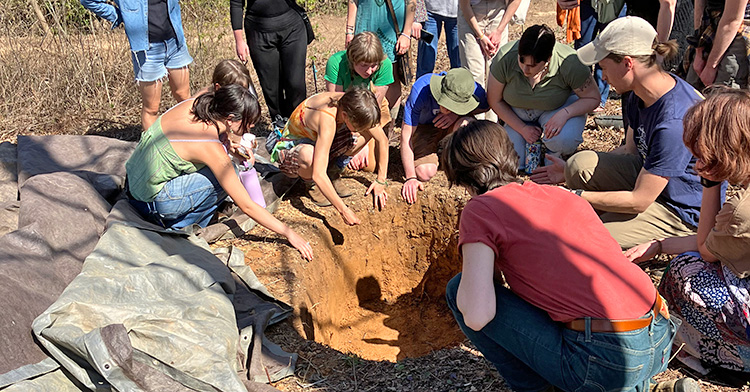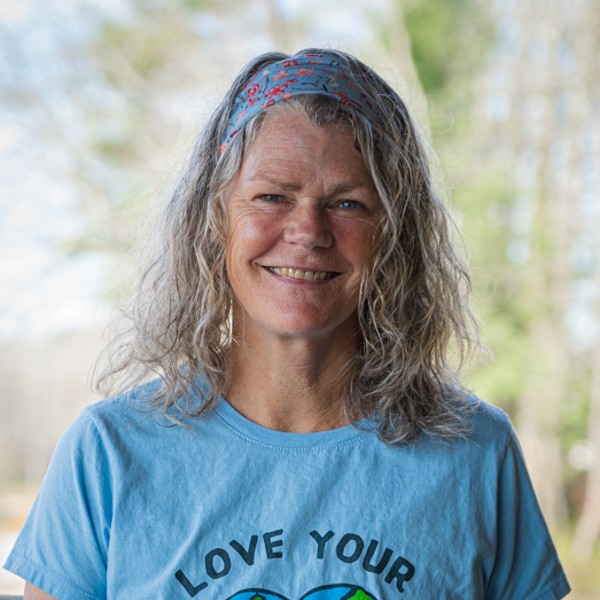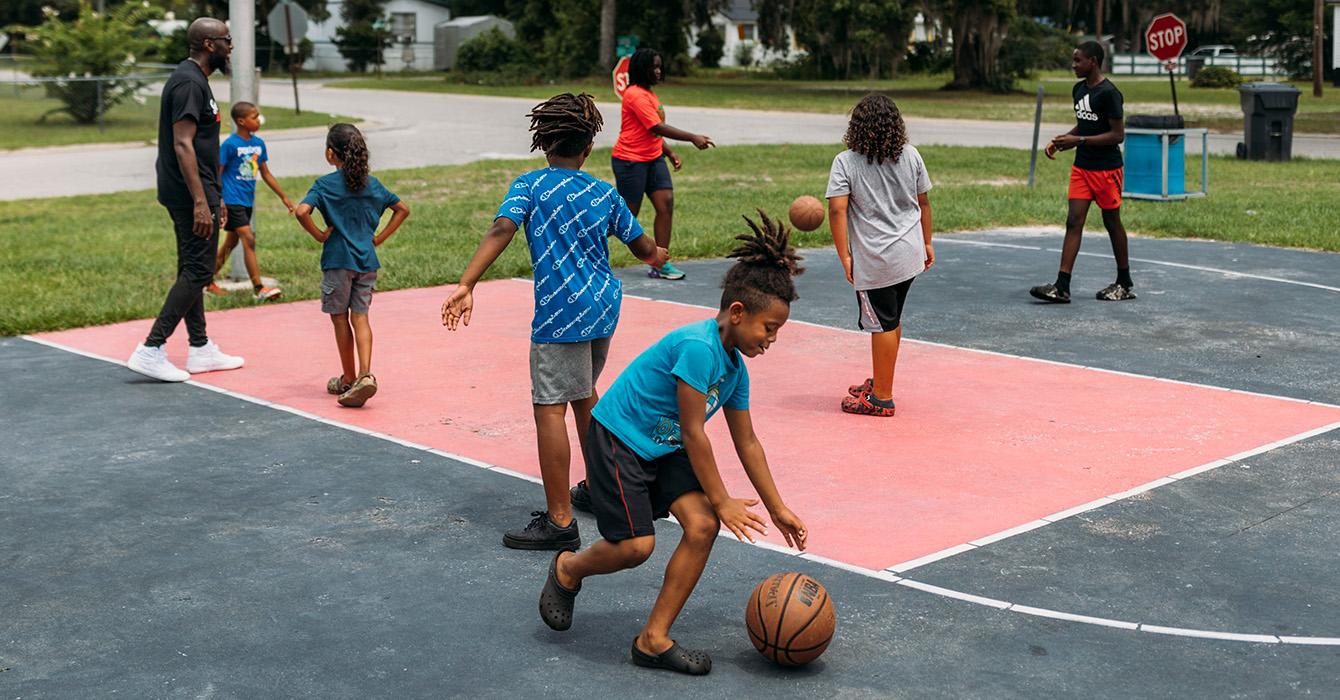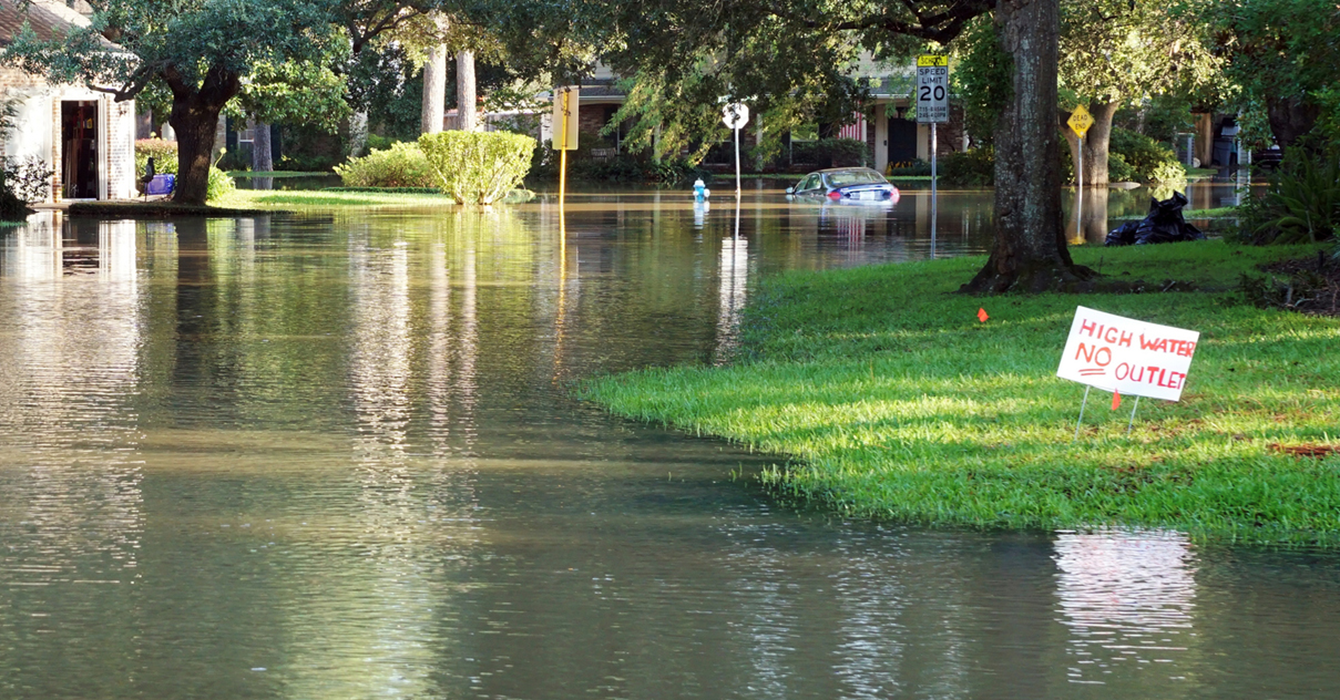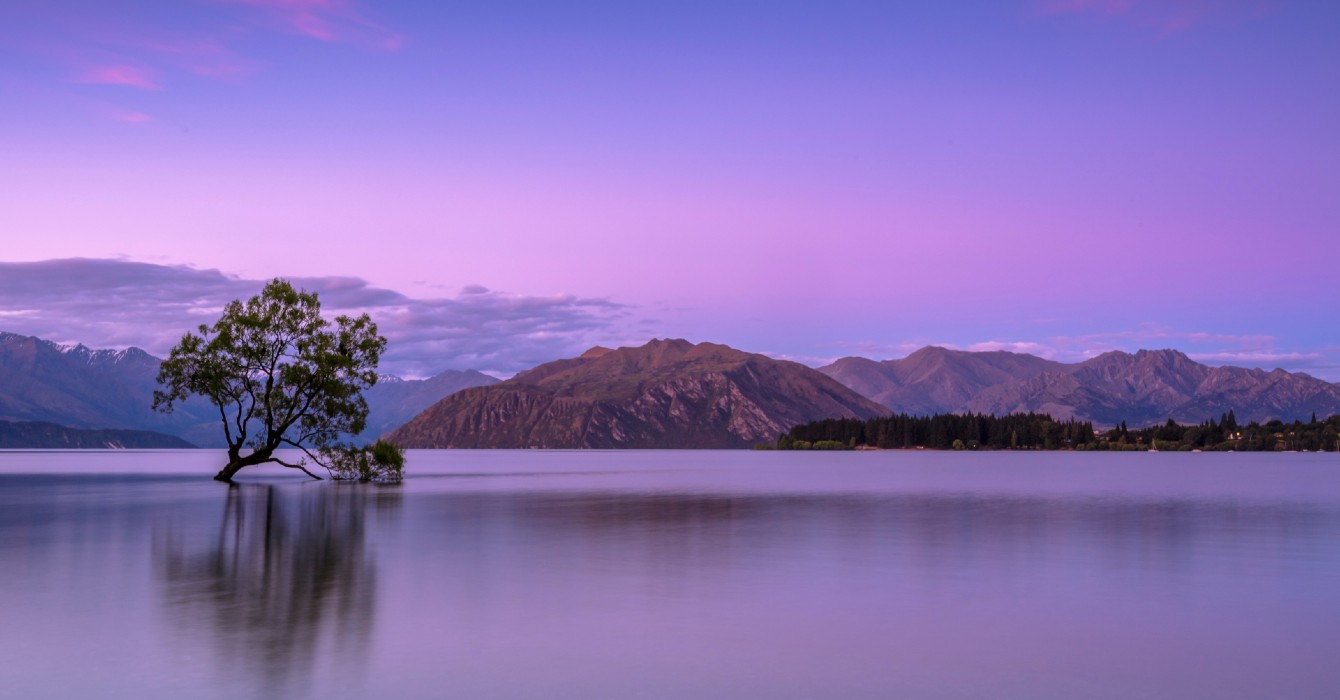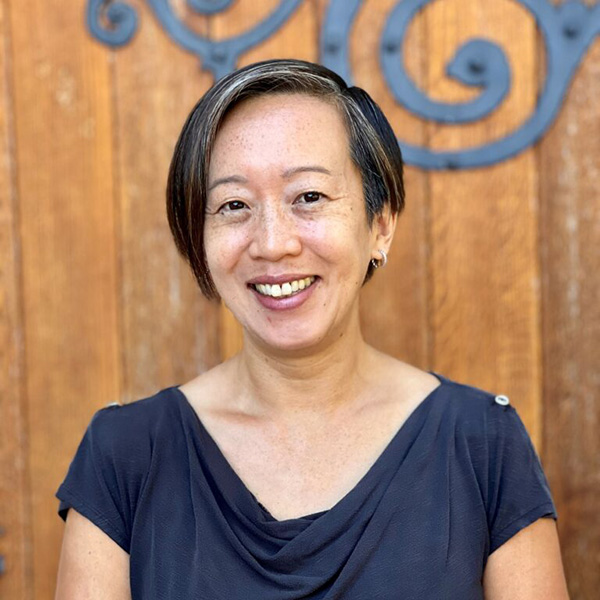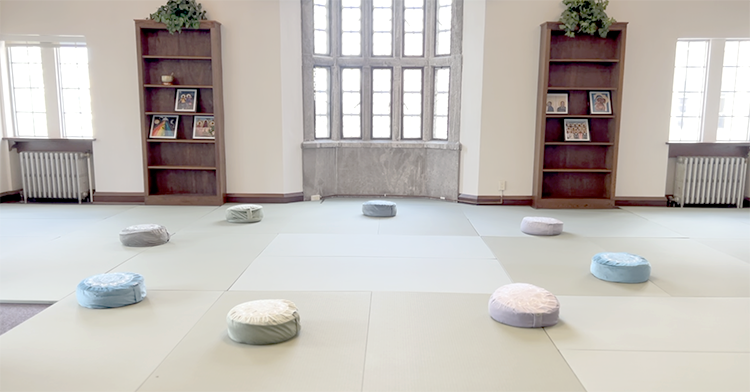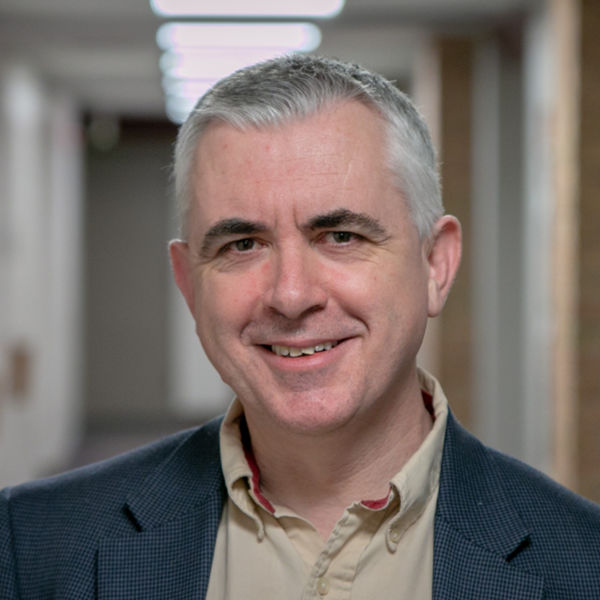The hand-dug hole in the ground was 3 feet deep, more conducive to the breakdown of the body by microorganisms in the soil than the conventional depth of 6 feet under. My 20 students peered down at the exposed earth at Carolina Memorial Sanctuary, a conservation cemetery in western North Carolina that protects the land in perpetuity and promotes green burial without a vault or embalming and with biodegradable caskets or shrouds.
“I never knew a cemetery could conserve land and biodiversity,” one student said. “It looks like a park where I’d want to take a hike, have a picnic and remember those who have passed.”
After a pause, another added: “I wish my best friend could have been buried in a place like this after she died. It would have been easier to imagine her so close to nature.”
This was only our second day of a new course titled Death, Dying and Climate Justice, and I had no idea how my students at Warren Wilson College would respond to a class dedicated to planning for the end of their lives when many hadn’t even decided on their majors. But I designed the course after conducting research in a one-year journey toward revising my own final wishes with climate, community and cost in mind. I’d searched for more-sustainable alternatives to my initial choice of flame cremation, which uses fossil fuels to burn the body for several hours. I discovered diverse options close to my home, such as body farms and water cremation, which I chronicled in my book “Our Last Best Act: Planning for the End of Our Lives to Protect the People and Places We Love.”
As a mother, environmental educator and lifelong Episcopalian, I was a little more than a decade older than my students when both of my parents were killed in separate accidents, two years apart, each hit by a young driver while cycling. One month after burying my mom, my father had read us his directives for a green burial relying on family and friends, not a funeral home. Following his wishes, my sister and I prepared his body for burial and placed him in a hand-built pine casket, which a friend drove to our church in his pickup truck. After the service, young and old alike shoveled dirt into the burial plot in the local cemetery right next to my mother, while his bluegrass band played “I’ll Fly Away.”
With my students, I’d shared this personal story, as well as my experiences speaking with faith communities about alternatives to conventional burials, which cost an average of $10,000 and leave toxic materials underground, from formaldehyde to concrete. My goal was to introduce students to affordable and sustainable end-of-life choices to help protect their communities and future generations.
“We plan more for a vacation than for the end of our lives,” hospice nurse and end-of-life doula Trish Rux told our class later in the semester. “It’s hard on those we love if we aren’t prepared.”
My students perused the documents she shared with us, including templates for a living will, a health care power of attorney and more. Their final exam required completing this paperwork, including a two-page letter to friends and family with their choice for disposition and plans for their funeral. But first, they had to interview family members about their traditions and experiences around death.
“We don’t talk much about death and dying in my family,” one student wrote in their reflection. “But I called my grandmother who shared the details of my grandfather’s death and cremation. Somehow, I felt closer to her after we talked.”
I hadn’t realized a two-page paper would open up dialogue between old and young. In 25 years of teaching, I’d never heard students engage friends and family in such vulnerable conversations about what we were learning in class.
“I totally call my mom after every class,” another student told me. “She’s now researching options back home for her own final wishes.”
Through weekly field trips and readings, we explored choices including conservation burial grounds, green burial in neighborhood cemeteries, water cremation (or aquamation), body farms, human composting, handcrafted shrouds, and caskets made from willow. We researched options beyond our region, such as Bluestem Conservation Cemetery in Cedar Grove, North Carolina.
“What we are doing is so old, it feels new,” said Sheri Kay, who spoke to my class at the Center for Conscious Living and Dying. “The closer I hold death, the more meaningful my life becomes.”
“I think of a good death paired with a good life,” a sophomore in the class added. “I want my plans to help the people who love me. I want them to be OK knowing I tried to be at peace with my death too, whenever it comes.”
At the end of the semester, students read their final wishes to each other and shared an artistic expression reflecting those choices. We sat in a circle in the front yard of my rental duplex on campus, with a view of the Blue Ridge Mountains, the very land we wanted to help protect.
“This is a watercolor showing where I want to be buried at home, and the willow casket I’d love to weave as well,” said one student, passing her artwork around the circle. The next showcased a cotton shroud she’d sewn: “It’s a death Snuggie!” she said, laughing as she climbed inside the garment and modeled the cloth handholds so others could carry her body. (And yes, we did a successful test run!)
As a parent of young adults and as a teacher, I’m acutely aware that one class won’t change the world, but I also believe that what we talk about — and don’t talk about — affects the people and places we cherish.
Taking my students to see the Warren Wilson Cemetery, where I’d ultimately purchased a plot, connected them to a rich history of our community and the land. Planning for a sustainable end to our lives gives us power in this overwhelming climate crisis to care about our future. Together, we can have an impact on matters of life, death and earth, right now and beyond.

